Illegal dumping is a widespread problem in cities throughout the world and differentially affects disadvantaged neighborhoods. Brian Johnson is a software engineer who moved to San Francisco nearly a decade ago. At the time, Brian could afford a house only in the least-expensive neighborhood, Bayview. Despite hopes for improvement, over time Bayview declined because of an illegal dumping problem. To protect his children, Brian started brainstorming ways to solve this problem. The problem is difficult because dumping laws are difficult to enforce and people can easily get away with the crime. Brian’s solution was to automate drones to fly in grid-like patterns, take photos of a neighborhood, instantly recognize trash heaps using artificial intelligence (AI), and automatically report the locations of the trash piles to 311. Brian tested many different types of AI and programmed the drones to automatically report trash heaps. This resulted in major improvements in his neighborhood, recognized by neighbors and by Brian’s own tests. However, Brian is still seeking to scale up his project to help other neighborhoods and cities and seeks funding for the project. Brian, who has a law degree and specialized in intellectual property, also wrote a patent for his system, not to prevent other people from doing this, but to prevent other people from preventing him from doing it. Brian’s solution leads to more unbiased was of reporting trash piles that can yield more equitable outcomes. Otherwise, city trash collectors may be called to affluent neighborhoods more often. Brian shows a number of photos taken by his drone in the video and explains how he trains the artificial intelligence to recognize trash heaps. Brian has applied for an NSF grant and to join Y Combinator.
It seems like a rare situation where somebody as intelligent and motivated as Brian lives in a poor neighborhood. It reminds me of instances in which people doing biological research in the tropics come in contact with neglected tropical diseases and become more aware of problems that affect millions of people who live in poverty. There is nothing like experiencing a problem first hand to make somebody want to solve it. Luckily, Brian is a true genius of engineering and enjoys building things. He is the ideal person to address the issue of illegal dumping.
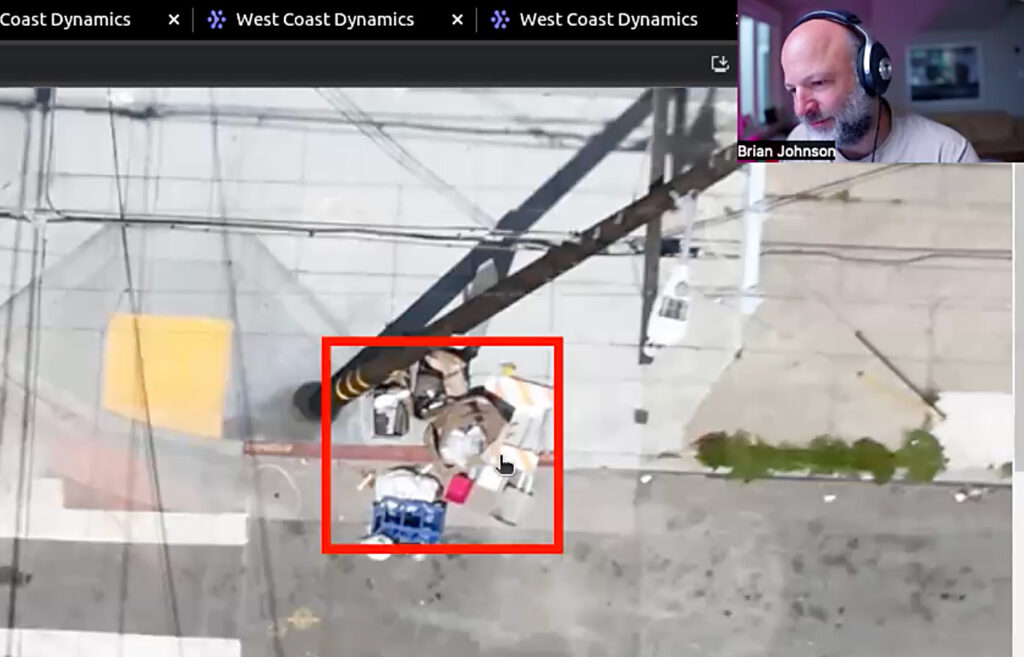
Brian's Eye in the Sky
Brian's Video Blurb
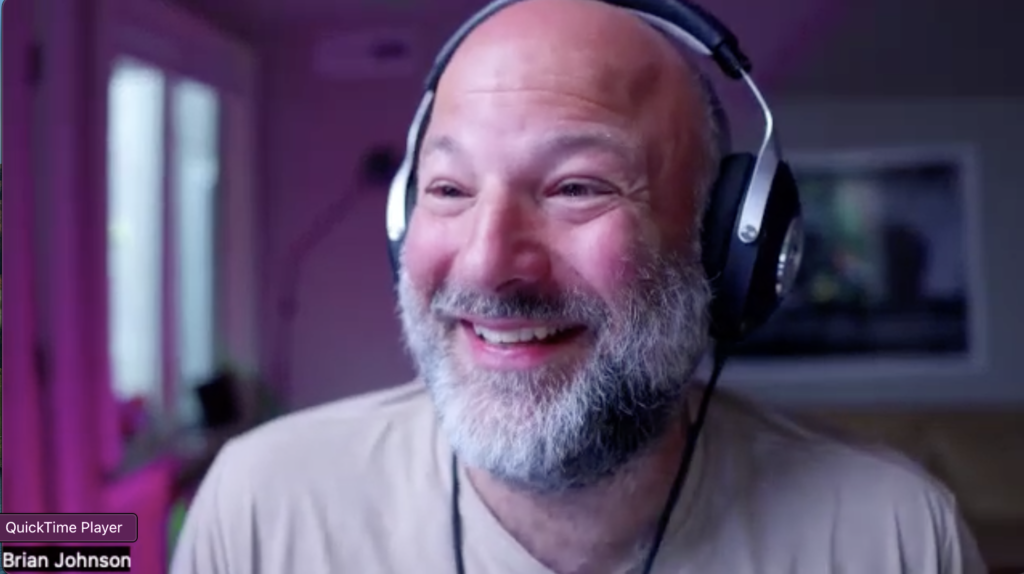
It Works!
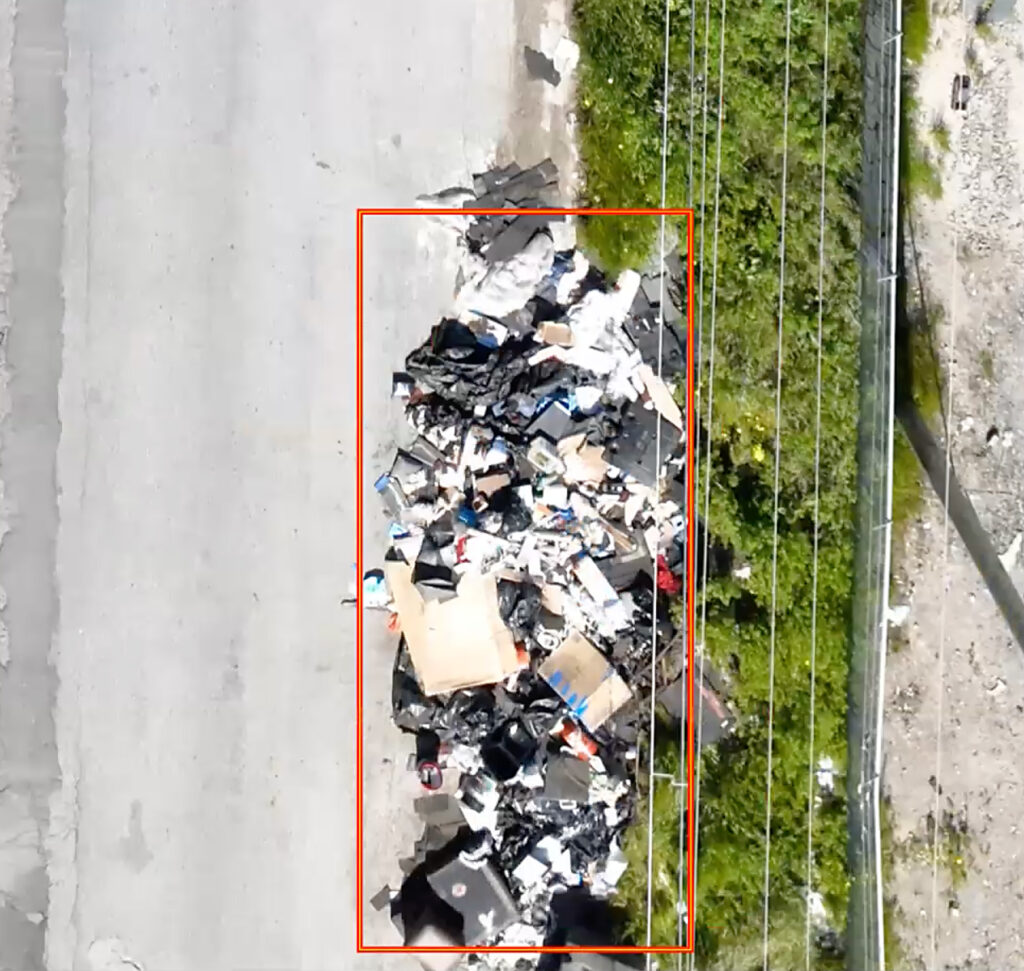
Huge Trash Heap
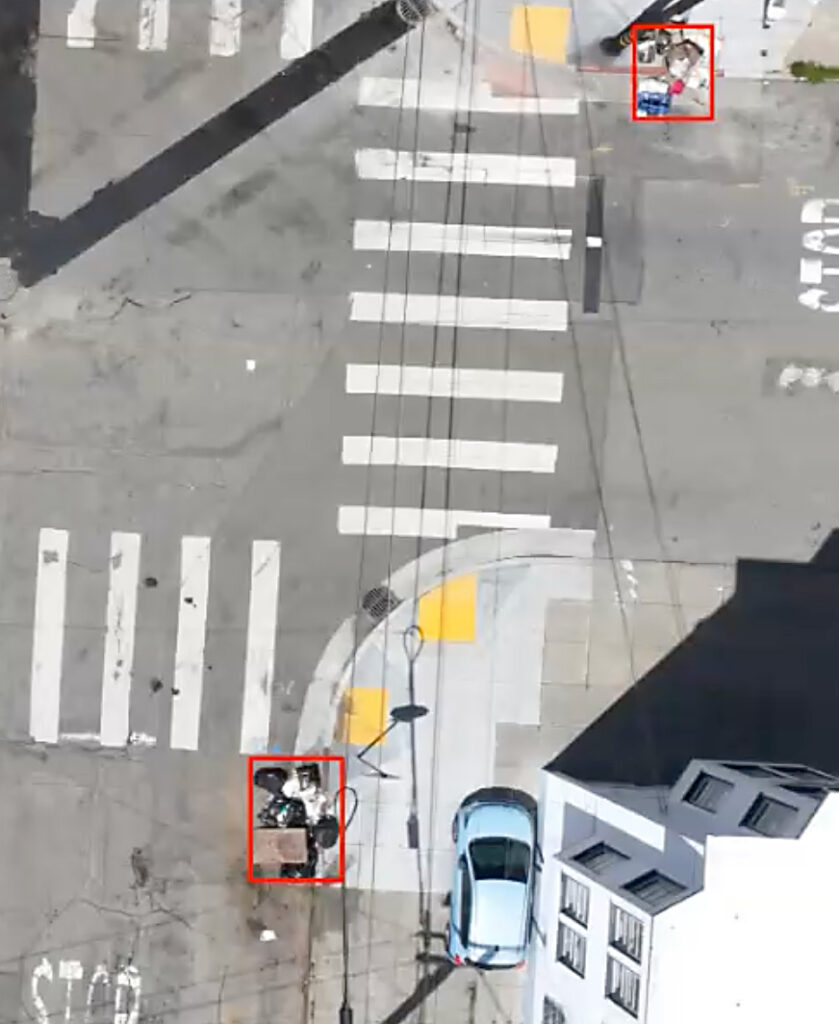
Garbage on Corners
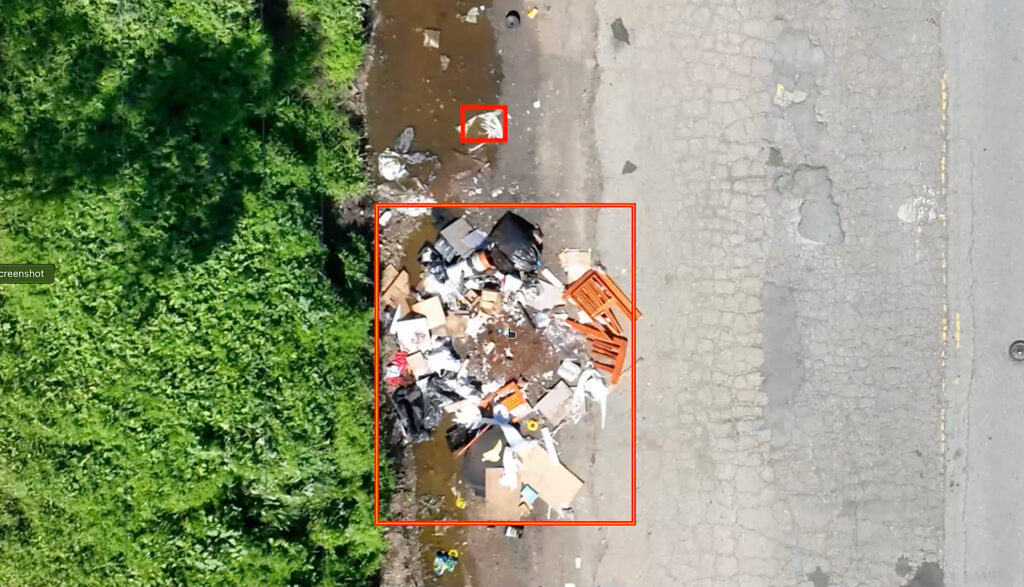
Garbage on Side of Road

Training AI to Recognize Garbage
Links
Brian’s company West Coast Dynamics
Global illegal waste dumping by country
References
Geirhos, R., P. Rubisch, C. Michaelis, M. Bethge, F. A. Wichmann, and W. Brendel 2019. Imagenet-trained CNNs are biased towards texture; increasing shape bias improves accuracy and robustness. in International Conference on Learning Representations.
Guerrero, S., 2018. These San Francisco streets had the most illegal dumping service orders to recology.
Haiqing, H., M. Chen, T. Chen, and D. Li, 2018 Matching of remote sensing images with complex background variations via siamese convolutional neural network.
Knight, H., 2018. Clean up San Francisco’s streets, tourist industry pleads.